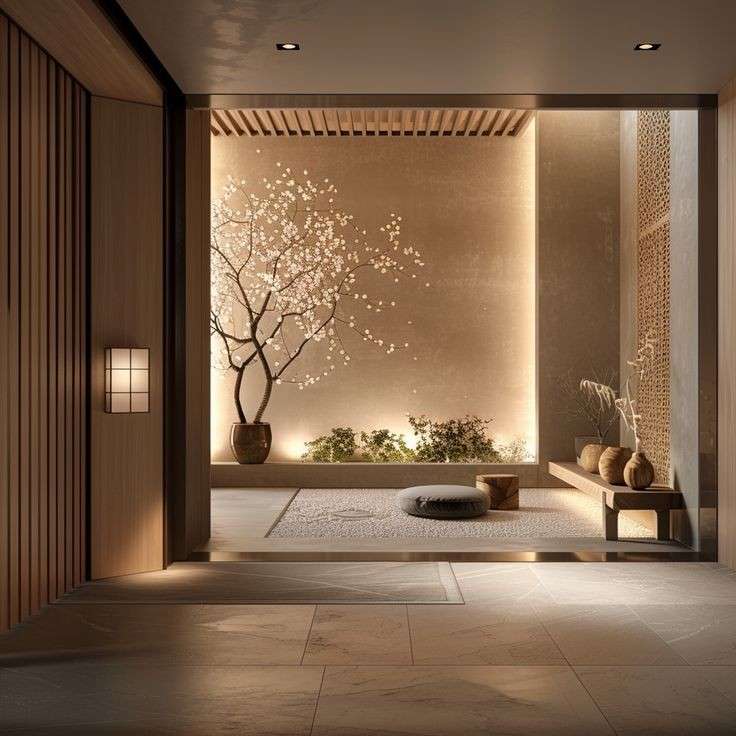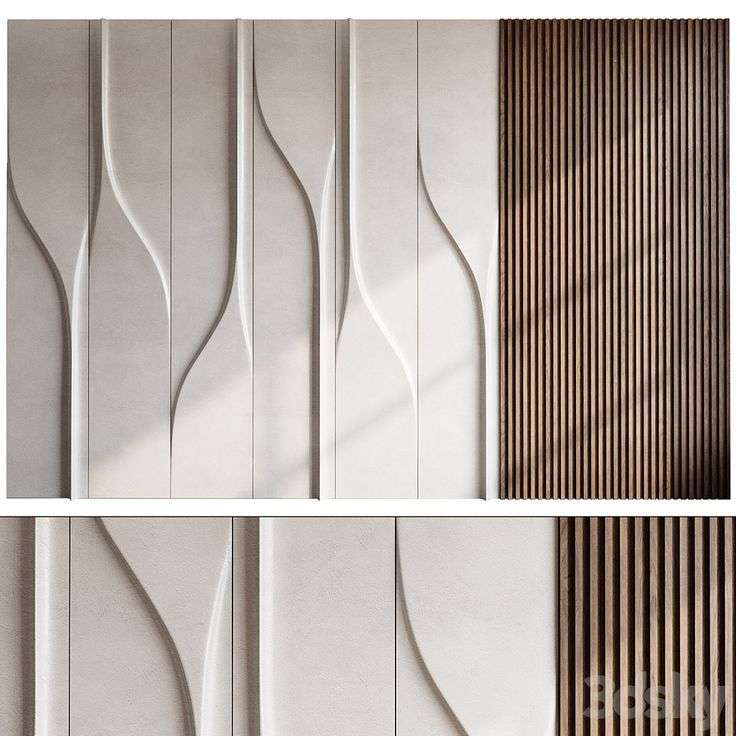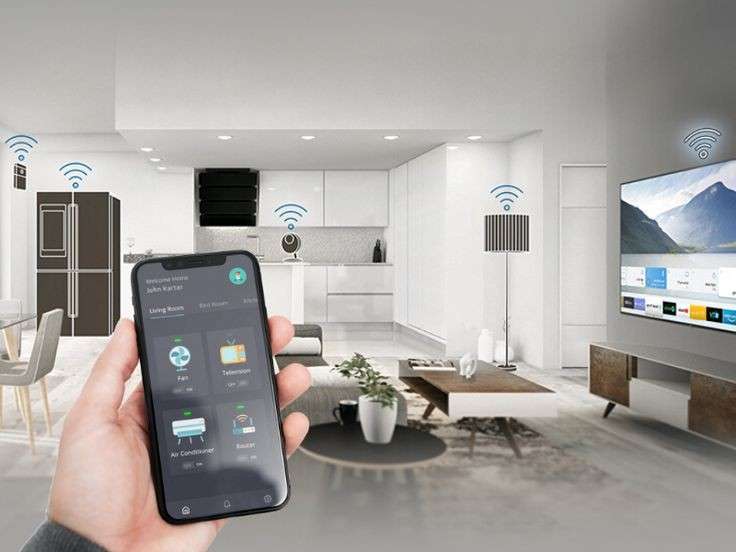Lighting is one of the most crucial elements of interior design, as it not only illuminates the space but also sets the mood, enhances the aesthetics, and influences the functionality of a room. Proper lighting can transform a dull, lifeless space into a warm, inviting haven, making it essential to consider the type, placement, and intensity of lighting when designing your home. Here’s why lighting is so important and how you can use it effectively to brighten up your home.

1. Lighting Sets the Mood
Lighting has the power to create an atmosphere and evoke certain emotions within a room. Whether you’re looking for a relaxing ambiance in the living room or an energizing environment in the kitchen, the right lighting can significantly influence the mood of your space.
- Soft, warm lighting is perfect for bedrooms and living rooms, creating a cozy and intimate atmosphere.
- Bright, cool lighting is ideal for workspaces like kitchens and home offices, as it helps with focus and productivity.
- Accent lighting can highlight artwork or architectural features, adding drama and elegance to any room.
2. Layered Lighting for Versatility
The best way to approach lighting design is by layering different types of lighting, such as ambient, task, and accent lighting. Each type of lighting serves a distinct purpose, and when combined, they provide the perfect balance of illumination.
- Ambient Lighting: This is the general lighting that provides overall illumination in a room. Ceiling lights, chandeliers, and recessed lighting are common sources of ambient light.
- Task Lighting: Focused on specific tasks like reading, cooking, or working, task lighting includes desk lamps, under-cabinet lights, and pendant lights over kitchen islands.
- Accent Lighting: Used to highlight specific features, such as artwork, sculptures, or architectural details, accent lighting includes spotlights, track lighting, and wall sconces.
By combining these three types of lighting, you can create a well-balanced, functional, and visually appealing space.
3. Lighting Enhances Interior Design Features
Lighting is a powerful tool for showcasing the best features of your home. Whether it’s a beautiful piece of furniture, a textured wall, or a unique architectural feature, lighting can draw attention to the elements you want to highlight.
- Highlighting Textures and Colors: Proper lighting can bring out the beauty of wall textures, painted surfaces, or colored furniture. For example, warm lighting can make wood textures appear richer, while cool lighting can make a space feel more modern and sleek.
- Focal Points: Use accent lighting to create focal points around artwork, sculptures, or architectural elements like fireplaces, columns, or built-in shelves.
4. Lighting and Functionality
Different rooms in your home require different types of lighting to fulfill their functions. For example, kitchens and bathrooms need bright, focused lighting for practical tasks, while living rooms and bedrooms benefit from softer, ambient light for comfort.
- In the Kitchen: Lighting should be bright and evenly distributed to ensure safe food preparation. Under-cabinet lighting, pendant lights, and recessed lights work well in this space.
- In the Living Room: A mix of ambient, task, and accent lighting can create a balanced environment for various activities such as reading, watching TV, or entertaining guests.
- In the Bedroom: Soft, warm lighting is ideal for creating a relaxing, restful atmosphere. Consider using bedside lamps, sconces, and dimmable overhead lighting to allow for flexibility in the room’s ambiance.
5. Choosing the Right Fixtures
The lighting fixtures you choose should complement your interior design style and contribute to the overall look of the room. From sleek and modern to traditional and ornate, there are lighting fixtures to suit every taste.
- Chandeliers and Pendant Lights: These work great in dining rooms, kitchens, and entryways, adding elegance and sophistication to the space.
- Recessed Lighting: Ideal for minimalistic, contemporary spaces, recessed lighting offers a clean, unobtrusive look while providing ample illumination.
- Lamps and Sconces: Table lamps, floor lamps, and wall sconces are great for adding softer, more flexible lighting in living areas, bedrooms, and hallways.
6. Natural Light and Its Impact
While artificial lighting plays a significant role in interior design, natural light should also be maximized. Daylight has a positive effect on mood and productivity, so it’s important to design your space to make the most of natural light.
- Use of Windows and Curtains: Large windows and minimal window coverings allow more natural light to enter a room. Consider using light, airy curtains or blinds that can be easily opened or closed to control the amount of daylight.
- Reflective Surfaces: Incorporating reflective surfaces like mirrors, glass, and light-colored walls helps bounce natural light around the room, making the space feel brighter and larger.
- Room Orientation: Positioning rooms to face the sun (especially in the morning) can help maximize natural light. South-facing windows tend to get the most sunlight throughout the day.
7. Dimming Controls for Flexibility
Installing dimmers is an excellent way to add versatility to your lighting design. Dimmers allow you to adjust the light intensity depending on the time of day or the activity taking place, providing greater control over the room’s atmosphere.
- Ambient Light: Dimming ambient lighting can help transition the room from a bright, energetic mood during the day to a cozy, calm atmosphere at night.
- Task Lighting: Dimmers for task lighting can allow you to adjust the brightness based on the task at hand, whether you’re cooking, reading, or working on a project.
- Accent Lighting: Adjusting the brightness of accent lighting can help emphasize specific areas or features in the room, creating the desired effect.
8. Consider Energy-Efficient Lighting
Energy-efficient lighting solutions are an important consideration, especially for those looking to reduce energy consumption and utility bills. LED lights are an excellent choice for eco-friendly lighting, offering long-lasting performance with lower energy usage.
- LED Lights: These lights are available in various styles and colors, offering versatility in design while consuming less power. They also have a longer lifespan, which reduces the frequency of replacement.
- Smart Lighting: Smart bulbs allow you to control lighting remotely through apps or voice commands, offering convenience and energy savings. They can also be programmed to adjust based on time of day or activities.



